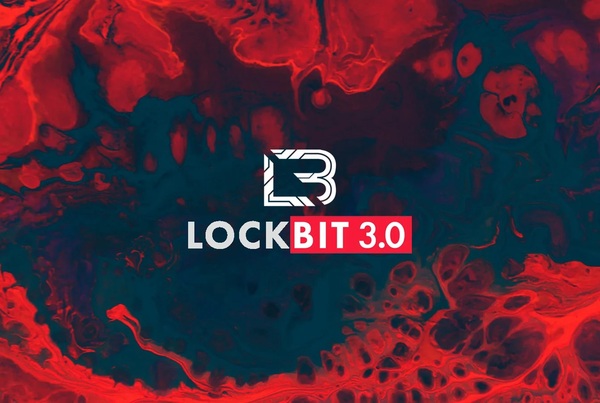According to the findings of this study, the number of cyberattack attempts made against businesses increased by 38% in comparison to the year 2021. Notwithstanding the fact that certain industries fared better than others (education and research came out on top with 43% more attempted attacks while hardware sellers were at the bottom with 25%), none of the data make for joyful reading, regardless of your line of work.
On the other hand, in practice, attempts and breaches are not interchangeable. It’s not a matter of if, but when, you’ll be attacked, as you’ve no doubt read from countless industry gurus. It’s a fact of life that there will always be an attempt at a cyberattack; yet, persistence and success are two completely different metrics.
It’s not often that a cyberattack appears “out of nowhere,” certainly not the kind of well-planned attack that gives security experts sleepless nights. Threat actors are no different from everyone else in that they must coordinate their activities. They research their targets thoroughly, do reconnaissance, and actively seek out and sometimes purchase security flaws that can be exploited to breach a company’s defenses. So, there are windows of opportunity to detect harmful activity in its preparatory stages before an attack on a company. Evidence of how firms are likely to be attacked can be gathered via the deep and dark web, which threat actors exploit during the reconnaissance phase.
Get a thorough understanding of your enemy
Companies spend a lot of time and money on cybersecurity measures but have very little understanding of who their adversaries are or how they operate. While they attempt to prioritize all threats at once, this method strains their resources at best. Building barriers while cybercriminals are tunneling underneath is the worst case scenario that can result from this type of misalignment in defense.
The use of dark web intelligence is one method through which businesses can gain a clearer picture of the unique dangers they face. When a company discovers, for instance, that its credentials and those of its employees are being sold in bulk online, authentication naturally becomes a top concern. But, if there was a lot of traffic from the dark web coming through a particular port, it would be necessary to increase network security.
The hints aren’t always hard to miss. Several aspects of a data breach are now outsourced as cybercrime has become more sophisticated. It’s possible that the crooks behind a ransomware assault aren’t the same ones that compromised the system in the first place; “access brokers,” as they’re called, sell vulnerabilities on the dark web so that other criminals may take advantage of them. They need to advertise their product just like anyone else would. The sale of access to a company’s network may be detected by employees monitoring the dark web for the firm name, IP addresses, or passwords.
Primary Cyber Attack Symptoms
These are the most common early warning indications seen on the dark web:
1. Leaked Credentials – compromised credentials are usually the first link in the attack chain. After purchasing a huge cache of credentials obtained in a data breach, a threat actor may use these credentials to conduct a credential stuffing attack against a wide variety of online services and network logins using sophisticated and automated methods. If the attack is successful, the compromised credentials are sold again, this time to other criminals at a much greater price so that they can use them to obtain access to and move laterally within the network.
2. Vulnerabilities – Companies may learn exactly how and where an attacker could strike by purchasing compromised devices or software flaws on the dark web, and then patching those weaknesses before they are exploited. It is prudent to keep an eye out for both internal and external vulnerabilities, as either could be the source of the problem.
3. Dark Web Traffic – Monitoring is an extremely reliable early warning indication of assault because most businesses have no legitimate reason to have either incoming or outgoing traffic to the dark web. It’s possible that vulnerability scans are being conducted against the company network, which would be indicated by an increase in incoming traffic. Even more alarming is outgoing traffic, which may indicate that a worker is engaging in potentially harmful activity (i.e., an insider threat) or, worse, that a command and control server has been formed.
Going down the cyber death chain to the left
Insights gained from monitoring the dark web are tailored to the business, which is one of its many advantages. Without a doubt, a company is in danger and must take decisive action if its security team discovers the personal information of its CEO on the dark web or a vulnerability in its software being sold on a dark web marketplace. Companies may now deploy defenses outside of their infrastructure, much earlier in the cyber “death chain,” thanks to the capacity to anticipate the behaviors of threat actors and take precautionary measures.
The most forward-thinking businesses can also monitor third parties, the supply chain, and intelligence, not only their own domains and brands. Organizations may proactively adjust their defenses to the evolving threat landscape if they have a better understanding of the threat actors, their methods of operation, and the tools they employ.








